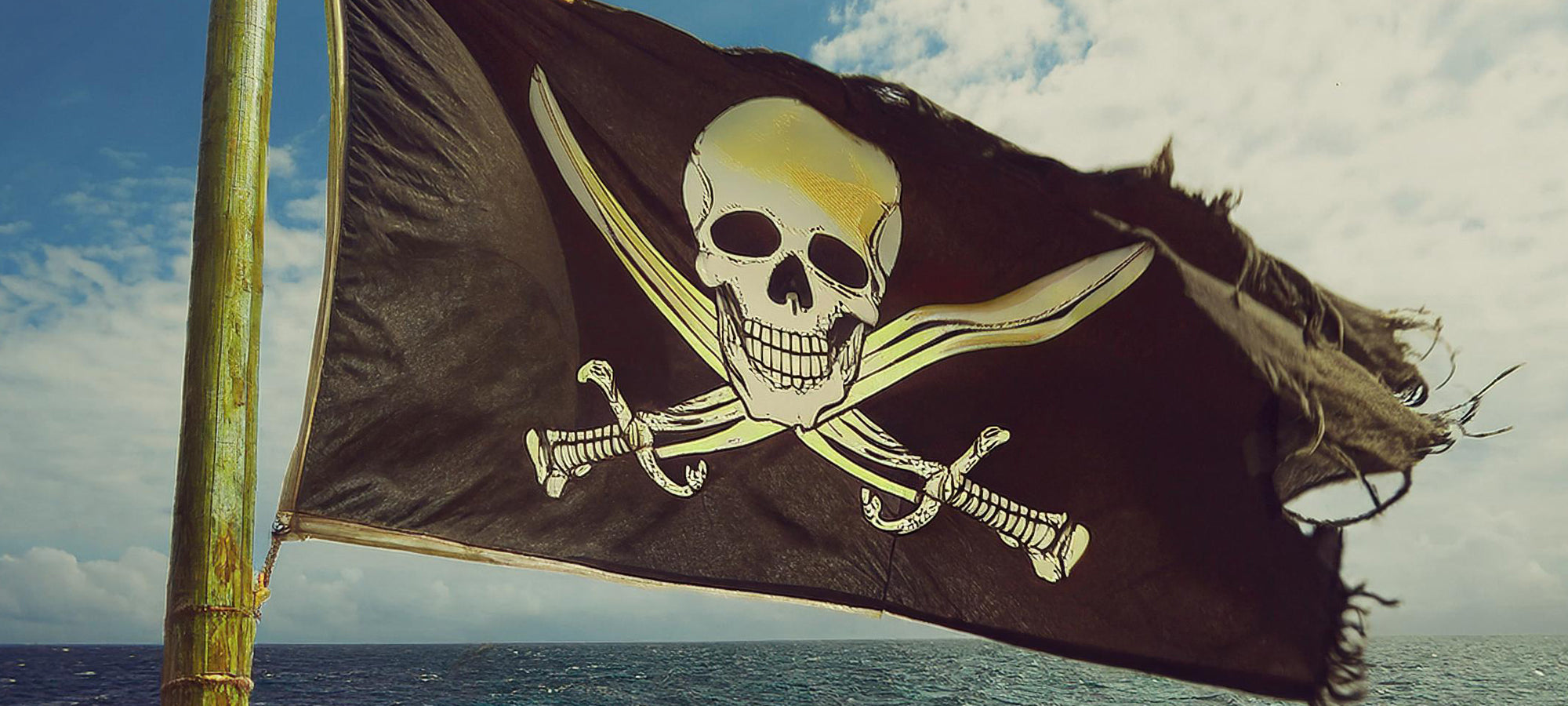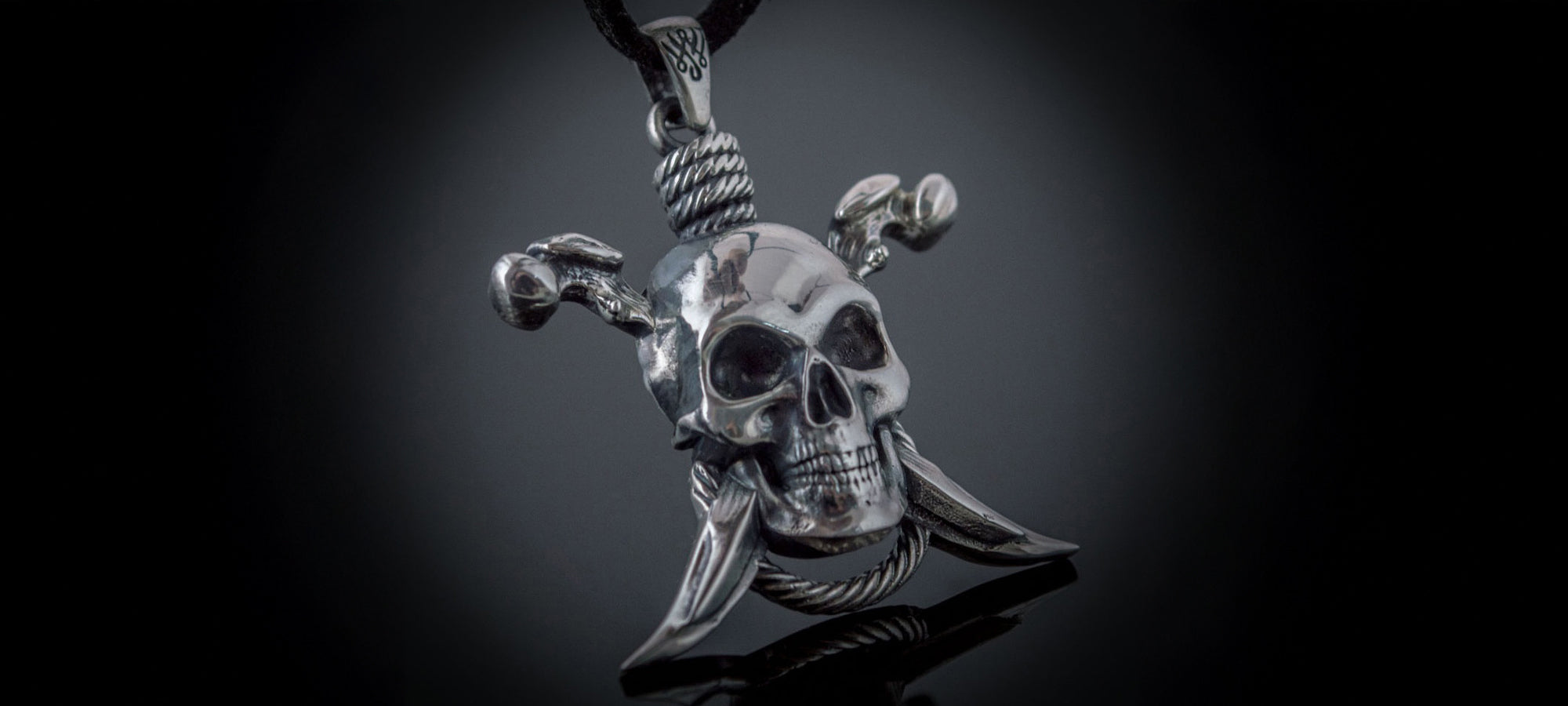
Pirate Flags - Symbols of Terror on the High Seas
The flags of history’s most notorious pirates, and why they flew them.
The mere sight of a pirate flag has been enough to strike fear into the hearts of sailors and coastal dwellers throughout history. These iconic symbols, with their sinister imagery and unmistakable message, have come to define the very essence of piracy. This article will delve into the fascinating history of pirate flags, exploring their origins, the meaning behind their designs, and the ways in which they were used to terrorize and manipulate their victims.
What is the most famous pirate flag?
The use of pirate flags can be traced back to the late 17th and early 18th centuries, during the Golden Age of Piracy. The term "Jolly Roger" is believed to be derived from the French phrase "joli rouge," meaning "pretty red," a reference to the blood-red flags flown by privateers in the early 17th century. These red flags were a symbol of defiance and a declaration of no mercy, signaling that no quarter would be given to any captured enemy.
As piracy evolved, so did the flags that these maritime outlaws flew. Pirates sought to distinguish themselves from privateers and create their own unique symbols of terror. The Jolly Roger transformed from a simple red flag into the distinctive black flag adorned with menacing symbols that have become synonymous with piracy.
What was the original pirate flag?
Symbolism and Design: Pirate flags often featured macabre imagery designed to instill fear in their victims. The most iconic design consists of a white skull and crossbones set against a black background, a simple yet chilling symbol of death. However, the world of pirate flags was far more diverse, with many notorious pirates creating their own unique designs.
Some flags incorporated additional elements such as swords, hourglasses, and bleeding hearts, each with their own symbolic meaning. Swords represented violence and combat, while hourglasses symbolized the fleeting nature of time and the urgency for victims to surrender. Bleeding hearts, on the other hand, were a warning that no mercy would be shown.
Tactics and Usage
Pirate flags were not only symbols of terror but also served as tactical tools in the hands of cunning pirates. One of the most common strategies employed by pirates was to fly a false flag, often that of a friendly or neutral nation, in order to approach their target unnoticed. Once they were close enough, pirates would then hoist the Jolly Roger, revealing their true identity and striking fear into the hearts of their victims.
This tactic allowed pirates to capitalize on the element of surprise and minimize the risk of resistance. The sight of the dreaded pirate flag often prompted ships to surrender without a fight, allowing pirates to take their prizes with ease.
Famous Pirates and their flags.
What was Blackbeard's actual flag?

Edward Teach (Blackbeard):

"Calico Jack" Rackham:

William Kidd:

Thomas Tew:

Bartholomew Roberts (Black Bart):

Stede Bonnet:

Edward Low:
The story of pirate flags is one of intrigue, terror, and cunning tactics. From their origins as blood-red declarations of defiance to the iconic skull and crossbones, pirate flags have evolved into powerful symbols of piracy that continue to captivate our imaginations. The strategic use of these flags allowed pirates to exploit fear and deception, seizing their prey with minimal resistance. Today, the Jolly Roger stands as an enduring testament to the ruthless and cunning nature of pirates, a symbol that will forever be associated with the thrilling world of high-seas adventure and maritime outlaws.


